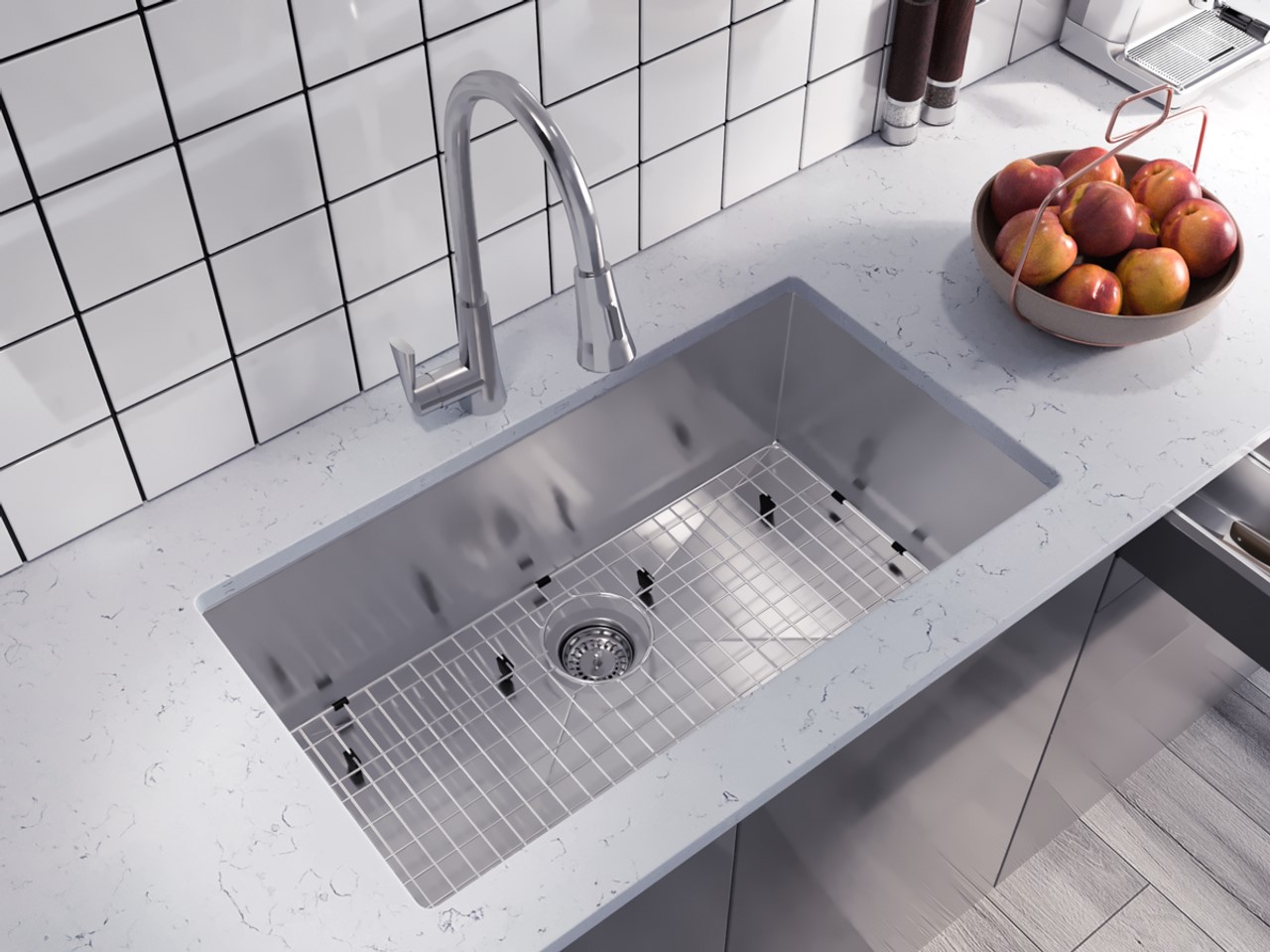

Articles
What Is A Zero Radius Sink
Modified: February 27, 2024
Discover the benefits and features of zero radius sinks in this informative article. Gain valuable insights and tips on selecting the ideal sink for your kitchen or bathroom.
(Many of the links in this article redirect to a specific reviewed product. Your purchase of these products through affiliate links helps to generate commission for Storables.com, at no extra cost. Learn more)
Introduction
Welcome to our comprehensive guide on zero radius sinks! If you are in the market for a new sink and want to explore modern and sleek options, then zero radius sinks may be the perfect choice for you. These sinks have gained popularity in recent years due to their unique design and clean lines, making them a popular choice for both residential and commercial spaces.
Zero radius sinks offer a distinctive and contemporary look that can enhance the overall aesthetic of any kitchen or bathroom. But what exactly is a zero radius sink? In this article, we will define zero radius sinks, discuss their advantages and disadvantages, explore suitable uses for these sinks, and provide tips on installation, maintenance, and cost considerations. Let’s jump right in!
Key Takeaways:
- Zero radius sinks offer a sleek and contemporary design with increased workspace, durability, and versatility. They are ideal for modern kitchens, bathrooms, and commercial spaces, providing a stylish and functional addition to any environment.
- When considering a zero radius sink, it’s essential to weigh the advantages, such as a contemporary look and increased functionality, against potential drawbacks like increased noise and higher cost. Proper installation, maintenance, and material selection are crucial for maximizing the benefits of these modern sinks.
Read more: What Is A Zero Wall Recliner Mean
Definition of a Zero Radius Sink
A zero radius sink, also known as a square or sharp corner sink, refers to a sink design where the corners of the sink have a 90-degree angle, resulting in a completely straight edge. Unlike traditional sinks with rounded or curved corners, zero radius sinks have sharp, straight lines throughout the basin.
These sinks are typically made from materials such as stainless steel or granite composite, which can be molded and shaped to achieve the square corners. Zero radius sinks often feature a flat bottom and straight sides, creating a modern and minimalist look.
It is important to note that the term “zero radius” does not mean that the sink literally has zero curvature. Instead, it refers to the sharp corner design that lacks the typical rounded edges found in traditional sinks. This unique design element gives zero radius sinks a sleek and contemporary appearance.
Zero radius sinks are available in various shapes and sizes, including single bowl, double bowl, and even farmhouse styles. Whether you are looking for a sink for your kitchen or bathroom, zero radius sinks offer a range of options to suit your needs and preferences.
Advantages of Zero Radius Sinks
Zero radius sinks come with several advantages that make them a popular choice for homeowners and designers alike. Let’s explore some of the key benefits of these sleek and modern sinks:
- Contemporary Design: The clean lines and sharp corners of zero radius sinks create a contemporary and minimalist look that can elevate the aesthetic of any kitchen or bathroom. These sinks offer a sleek and modern appearance that complements various design styles, from industrial to transitional.
- Increased Workspace: The straight edges and flat bottom of zero radius sinks maximize the usable space within the sink basin. This provides more room for washing and rinsing dishes, as well as handling larger pots and pans. The lack of curved corners also prevents the accumulation of food debris, making cleaning and maintenance easier.
- Durability: Zero radius sinks are typically constructed from durable materials such as stainless steel or granite composite. These materials are resistant to scratches, stains, and corrosion, ensuring that the sink remains in excellent condition over time. Additionally, the robust construction of zero radius sinks ensures their longevity, making them a wise investment for your home.
- Versatility: Zero radius sinks are available in various sizes and configurations, allowing you to choose the perfect sink to fit your space and needs. From single bowl to double bowl, and even farmhouse styles, there is a zero radius sink to suit every kitchen or bathroom design.
- Easy Integration: Zero radius sinks can seamlessly integrate into both modern and traditional settings. Their versatile design allows them to complement a wide range of countertop materials, including granite, quartz, concrete, or even laminate. This versatility makes zero radius sinks a versatile choice for both new construction and renovation projects.
With their stylish design, increased functionality, durability, and versatility, zero radius sinks offer a variety of advantages that make them a popular choice among homeowners and designers for their kitchen and bathroom spaces. Now that we’ve explored the advantages, let’s discuss some of the potential disadvantages of zero radius sinks.
Disadvantages of Zero Radius Sinks
While zero radius sinks offer many advantages, it’s important to consider their potential disadvantages as well. Here are a few drawbacks to keep in mind:
- Potential for Increased Noise: Due to their lack of curvature and straight edges, zero radius sinks may produce more noise when compared to sinks with rounded corners. This is because sound waves are less likely to be absorbed or deflected by the sharp edges, resulting in more noise from water flow and dishes hitting the bottom of the sink.
- More Prone to Scratches: The straight lines and sharp corners of zero radius sinks can be more susceptible to scratches, especially if abrasive cleaning tools or rough materials come into contact with the sink surface. However, choosing a sink with a higher gauge stainless steel or opting for a granite composite material can help minimize the risk of scratches.
- Less Comfortable to Clean: The lack of curved corners in zero radius sinks can make cleaning a bit more challenging, as dirt and debris may accumulate in the corners. Additionally, cleaning the tight angles of these sinks may require more effort compared to cleaning sinks with rounded corners.
- Higher Cost: Zero radius sinks are often considered a more premium option compared to traditional rounded corner sinks. The materials and manufacturing processes involved in achieving the square corners contribute to the higher cost of these sinks. However, the durability and aesthetic appeal they offer may outweigh the higher price for many individuals.
- May Not Suit Every Design Style: While zero radius sinks are versatile in terms of their ability to blend with different design aesthetics, they may not be suitable for every style. Traditional or vintage-themed kitchens, for example, might benefit more from the softer curves of rounded corner sinks rather than the sharp lines of zero radius sinks.
While these disadvantages should be considered, they may not be significant concerns for everyone. Ultimately, the decision to choose a zero radius sink will depend on your personal preferences, lifestyle, and the style of your kitchen or bathroom.
Suitable Uses for Zero Radius Sinks
Zero radius sinks are versatile and can be used in various settings within a home or commercial space. Here are some suitable uses for zero radius sinks:
- Kitchen: Zero radius sinks are commonly used in kitchens, providing a sleek and modern touch. They are ideal for contemporary and minimalist kitchen designs. The straight edges and flat bottom of these sinks make them perfect for handling large cookware and dishes. They also offer ample space for food prep, making them convenient for busy home cooks.
- Bathroom: Zero radius sinks can also be a stylish addition to bathrooms. Whether in a master bathroom or a powder room, zero radius sinks can elevate the overall design and create a clean and sophisticated look. They are often paired with modern-style vanities and complemented by minimalist fixtures and accessories.
- Commercial Spaces: Zero radius sinks are not limited to residential use; they are also suitable for commercial spaces such as restaurants, cafes, and bars. The contemporary design of these sinks adds a touch of elegance to commercial environments, making them a popular choice for establishments that prioritize a modern and sleek aesthetic.
- Outdoor Kitchen: If you have an outdoor kitchen or entertaining area, a zero radius sink can be a great addition. The durable materials used in the construction of these sinks make them resistant to weather elements, and their sleek design can enhance the overall look of your outdoor space.
- Utility Room: Zero radius sinks are practical options for utility rooms as well. Whether used for laundry purposes or as a dedicated sink for cleaning tools or gardening equipment, the durability and functionality of these sinks make them well-suited for heavy-duty use.
These are just a few examples of suitable uses for zero radius sinks. Ultimately, the versatility and modern appeal of these sinks make them a flexible choice for a variety of spaces and purposes.
Read more: What Is Zero Clearance Fireplace
Popular Materials for Zero Radius Sinks
Zero radius sinks are available in a variety of materials, each offering unique benefits and characteristics. Here are some popular materials commonly used for crafting zero radius sinks:
- Stainless Steel: Stainless steel is a popular choice for zero radius sinks due to its durability, resistance to stains, and ease of maintenance. It offers a sleek and modern look that complements contemporary kitchen designs. Stainless steel sinks are also highly resistant to heat and corrosion, making them long-lasting options for busy kitchens.
- Granite Composite: Granite composite sinks are made from a mixture of granite stone and acrylic resins. These sinks are known for their exceptional durability, resistance to scratches, stains, and heat. Granite composite sinks have a natural stone-like appearance and are available in various colors to suit different kitchen aesthetics.
- Fireclay: Fireclay sinks are crafted from clay fired at extremely high temperatures, resulting in a strong and durable sink material. These sinks have a smooth and glossy finish and are resistant to staining, fading, and chipping. Fireclay sinks are often chosen for their classic and timeless look, making them suitable for both traditional and modern kitchen designs.
- Copper: Copper sinks offer a unique and warm aesthetic that adds character to any kitchen or bathroom. Over time, copper develops a beautiful patina that adds to its charm. Copper sinks are also naturally antibacterial and antimicrobial, making them a hygienic choice for kitchen applications. However, they require regular maintenance to maintain their appearance.
- Cast Iron: Cast iron sinks are robust and durable, known for their long lifespan. These sinks are coated with enamel, providing a smooth and glossy finish. Cast iron sinks are resistant to scratches and stains, and they retain heat well, making them ideal for soaking dishes. They are often found in vintage-inspired kitchen designs.
When choosing the material for your zero radius sink, consider factors such as durability, maintenance requirements, heat resistance, and the overall aesthetic you want for your space. Each material has its own unique qualities, so be sure to select the one that best suits your needs and preferences.
Installation and Maintenance Tips for Zero Radius Sinks
Installing and maintaining a zero radius sink requires careful consideration and attention to ensure its longevity and functionality. Here are some installation and maintenance tips to keep in mind:
Installation Tips:
- Hire a Professional: It is recommended to hire a professional plumber or contractor to install your zero radius sink to ensure proper installation and avoid any potential issues. They have the expertise to handle the installation process efficiently, including connecting the plumbing and securing the sink to the countertop or cabinet.
- Measurements: Before purchasing a zero radius sink, ensure that you have accurate measurements of your countertop or cabinet space. Consider the dimensions of the sink, including its length, width, and depth, to ensure a proper fit.
- Support Structure: Zero radius sinks may require additional support due to their weight and the lack of a rim. Consult with a professional to determine the need for additional support brackets or braces to ensure the sink is adequately supported.
- Proper Sealing: Depending on the material of the sink and countertop, proper sealing is essential to prevent water leaks and damage. Follow the manufacturer’s instructions for sealing the sink to ensure a watertight seal.
Maintenance Tips:
- Regular Cleaning: Clean your zero radius sink regularly to prevent the buildup of dirt, grime, and mineral deposits. Use a mild, non-abrasive cleaner and a soft cloth or sponge to avoid scratching the sink’s surface. Rinse thoroughly and dry the sink after each use to minimize water spots.
- Avoid Harsh Chemicals: Avoid using harsh chemicals or abrasive cleaners on your zero radius sink, as they can damage the finish and cause discoloration. Instead, opt for gentle cleaning solutions and non-abrasive cleaning tools.
- Prevent Scratches: To prevent scratches, avoid using steel wool or rough scouring pads on your sink’s surface. Use cutting boards, sink mats, or protective grids to prevent direct contact between sharp objects and the sink’s surface.
- Minimize Stains: Certain substances, such as coffee, tea, and red wine, can leave stains on your sink if not promptly cleaned. Remove any spills or stains as soon as possible using a mild cleaning solution.
- Avoid Extreme Temperatures: While zero radius sinks are durable, extreme temperatures can still cause damage. Avoid placing hot pans or boiling water directly on the sink’s surface to prevent heat damage. Use trivets or heat-resistant mats to protect the sink from high temperatures.
By following these installation and maintenance tips, you can ensure that your zero radius sink remains in excellent condition and provides many years of reliable service.
Read more: What Is A Zero Gravity Recliner
Cost Considerations for Zero Radius Sinks
When it comes to purchasing a zero radius sink, cost is an important factor to consider. The price of a zero radius sink can vary based on several factors. Here are some cost considerations to keep in mind:
Material:
The material of the zero radius sink can significantly impact its cost. Stainless steel sinks are usually more affordable compared to sinks made from granite composite, fireclay, or copper. Keep in mind that higher-quality materials may come with a higher price tag but offer better durability and aesthetic appeal.
Size and Configuration:
The size and configuration of the sink can also affect its cost. Larger and double bowl zero radius sinks generally cost more than smaller single bowl sinks. Farmhouse-style zero radius sinks, which require a larger amount of material and intricate installation, can also be more expensive.
Brand and Manufacturer:
The brand and manufacturer of the zero radius sink can also impact the cost. Established brands with a reputation for quality craftsmanship tend to have higher prices compared to lesser-known or generic brands. However, investing in a reputable brand can provide assurance of a well-made and durable product.
Read more: What Is A Zero Wall Recliner
Accessories and Extras:
Consider the additional accessories or extras that may come with the zero radius sink. Some sinks may include drain assemblies, cutting boards, or protective grids, which can add to the overall cost. Determine if these extras are essential for your needs or if you can purchase them separately.
Installation Costs:
It’s important to factor in the installation costs when budgeting for a zero radius sink. If you intend to hire a professional plumber or contractor to install the sink, keep in mind that their services will add to the overall cost. Request quotes from multiple professionals to ensure a fair price.
Overall Value:
While the cost of a zero radius sink is an essential consideration, it’s also crucial to assess the overall value it offers. Consider the durability, functionality, and aesthetic appeal of the sink in relation to its price. Investing in a higher-quality sink that offers long-term durability and complements your space may be a better value in the long run.
It’s advisable to set a budget and research the prices of zero radius sinks within that range. Compare prices, read reviews, and weigh the features and benefits of each option to make an informed decision that suits your budget and preferences.
Comparison with Other Sink Types
When considering a zero radius sink, it’s helpful to compare it to other sink types to determine which option best meets your needs. Here’s a comparison of zero radius sinks with other popular sink types:
Read more: What Is A Zero Gravity Bed
Zero Radius Sinks vs. Top Mount Sinks:
- Installation: Top mount sinks are easier to install compared to zero radius sinks, as they simply drop into a pre-cut hole in the countertop.
- Cleanliness: Zero radius sinks offer easier cleaning due to their straight edges and flat bottom, while top mount sinks with their lowered rim may accumulate dirt and grime.
- Style: Zero radius sinks offer a sleek and modern look, while top mount sinks have a more traditional and familiar appearance.
- Countertop Space: Zero radius sinks provide more usable countertop space, as there is no rim or edge protruding above the countertop surface.
- Price: Top mount sinks are generally more affordable compared to zero radius sinks, making them a budget-friendly option.
Zero Radius Sinks vs. Undermount Sinks:
- Installation: Undermount sinks require professional installation, as they must be mounted underneath the countertop. Zero radius sinks may also require professional installation, depending on the material and support structure.
- Cleanliness: Both zero radius sinks and undermount sinks offer easy cleanup, as they both have a smooth surface without any rims or edges to trap debris.
- Appearance: Zero radius sinks have square corners and offer a contemporary aesthetic, while undermount sinks provide a seamless, clean look that works well with various kitchen designs.
- Functionality: Undermount sinks provide a seamless flow from the countertop to the sink, making it easier to wipe debris directly into the sink. Zero radius sinks offer straight lines that maximize usable space within the sink itself.
- Cost: Undermount sinks tend to be more expensive due to the additional labor and installation involved, while the price of zero radius sinks can vary based on the material and brand.
Zero Radius Sinks vs. Farmhouse Sinks:
- Design: Zero radius sinks have a contemporary and minimalist design, while farmhouse sinks offer a more traditional and rustic look.
- Installation: Farmhouse sinks require a custom or modified cabinet to accommodate their front apron, while zero radius sinks can often fit into standard cabinets.
- Sink Depth: Farmhouse sinks tend to offer a deeper basin compared to zero radius sinks, providing more space for soaking and washing larger items.
- Cleaning: Zero radius sinks have straight edges that can be cleaned easily, while farmhouse sinks with their exposed front can accumulate dirt and grime.
- Price: Farmhouse sinks are generally more expensive due to their larger size and customized installation requirements, while zero radius sinks span a wider price range based on the material and brand.
Consider these comparisons when making your decision, taking into account factors such as installation requirements, cleaning preferences, aesthetic preferences, and budget constraints. Ultimately, the best sink option for you will depend on your personal needs, style preferences, and the overall design of your kitchen or bathroom.
Conclusion
Zero radius sinks offer a sleek and modern design that enhances the overall aesthetic of any kitchen or bathroom. With their square corners and clean lines, these sinks provide a contemporary look that is both stylish and versatile. Throughout this article, we have explored the definition of zero radius sinks, the advantages and disadvantages they offer, suitable uses, popular materials, installation and maintenance tips, cost considerations, and a comparison with other sink types.
Zero radius sinks have several advantages, including their contemporary design, increased workspace, durability, and versatility. They are popular choices for homeowners and designers who appreciate the sleek and minimalist look they bring to a space. However, it is important to consider potential disadvantages, such as increased noise and susceptibility to scratches.
Zero radius sinks can be used in various settings, including kitchens, bathrooms, commercial spaces, outdoor kitchens, and utility rooms. Their versatility makes them suitable for a range of design styles and applications.
When selecting a zero radius sink, consider popular materials such as stainless steel, granite composite, fireclay, copper, and cast iron. Each material has unique qualities in terms of durability, aesthetics, and functionality, so choose one that fits your preferences and requirements.
Proper installation and maintenance are crucial for the longevity and performance of a zero radius sink. Hiring a professional for installation and following cleaning and care guidelines will help ensure its durability and functionality for years to come.
Cost considerations should also be part of the decision-making process when choosing a zero radius sink. The material, size and configuration, brand, additional accessories, and installation costs all play a role in determining the final price.
Lastly, comparing zero radius sinks with other sink types, including top mount sinks, undermount sinks, and farmhouse sinks, can help you make an informed decision based on your specific needs and preferences.
In conclusion, zero radius sinks offer a contemporary and sophisticated look, increased workspace, and durability. By considering the advantages, disadvantages, suitable uses, materials, installation and maintenance tips, cost considerations, and comparisons with other sink types, you can make a well-informed decision and find the perfect zero radius sink that complements your space and style.
Frequently Asked Questions about What Is A Zero Radius Sink
Was this page helpful?
At Storables.com, we guarantee accurate and reliable information. Our content, validated by Expert Board Contributors, is crafted following stringent Editorial Policies. We're committed to providing you with well-researched, expert-backed insights for all your informational needs.
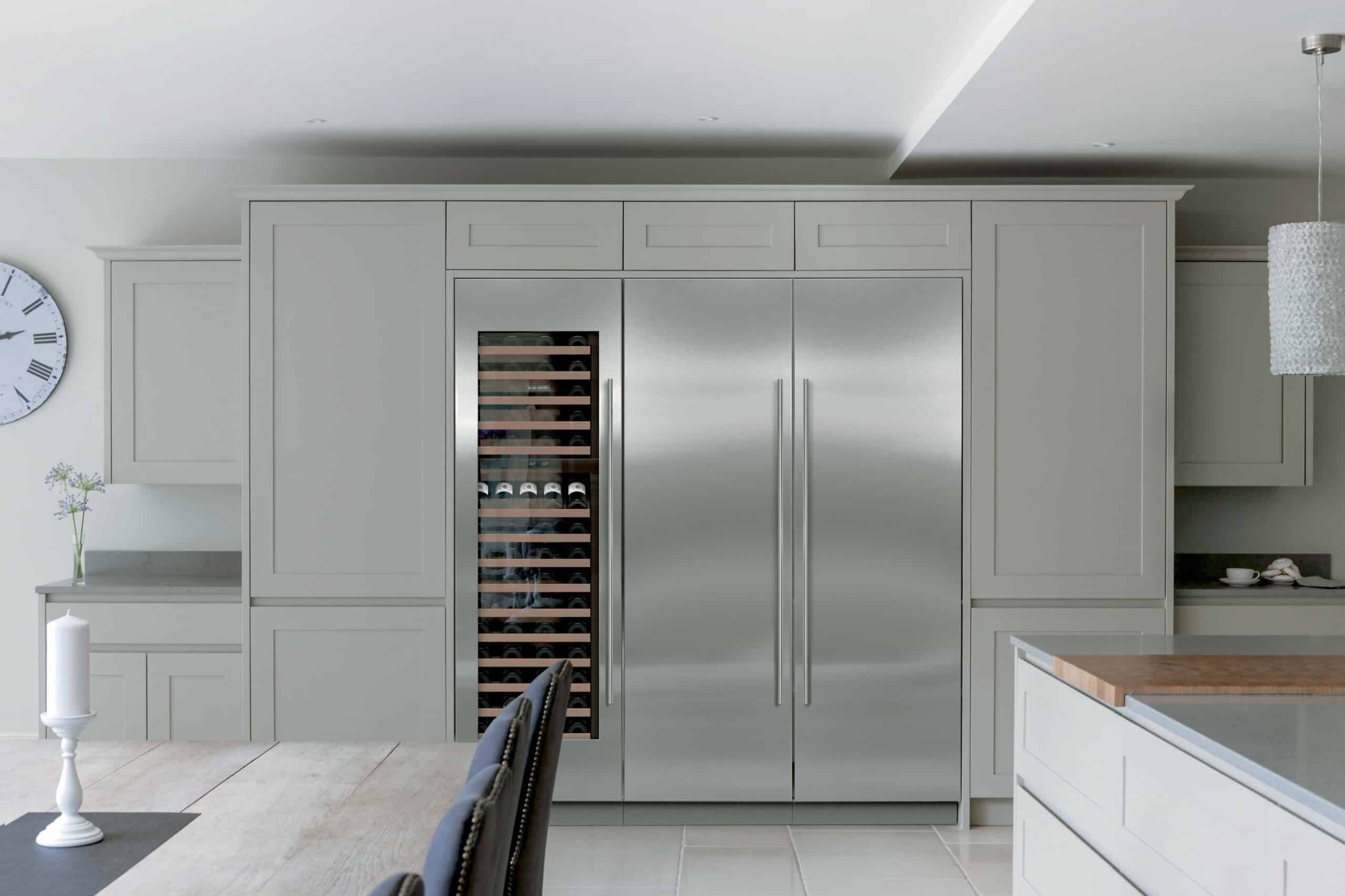
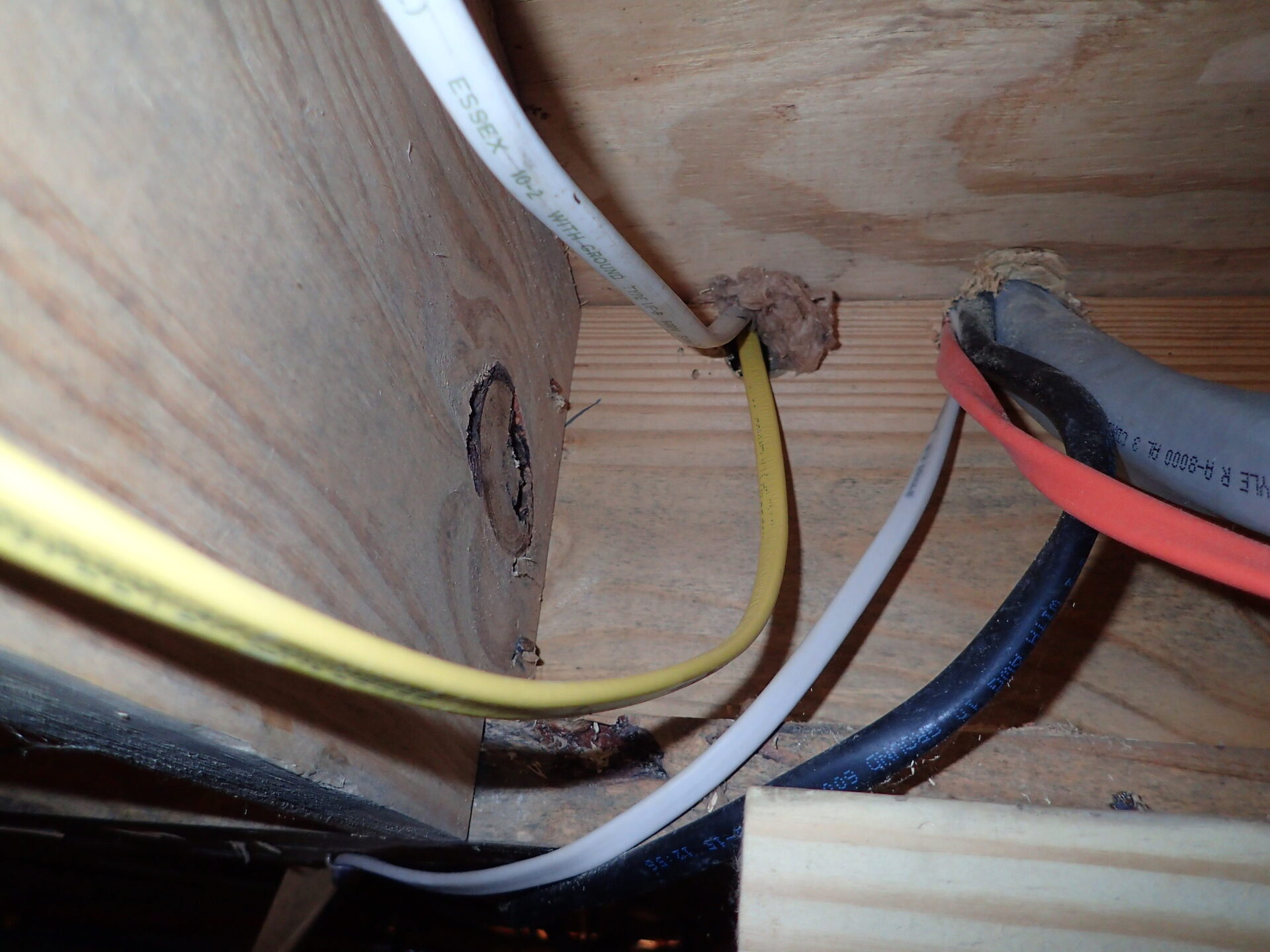
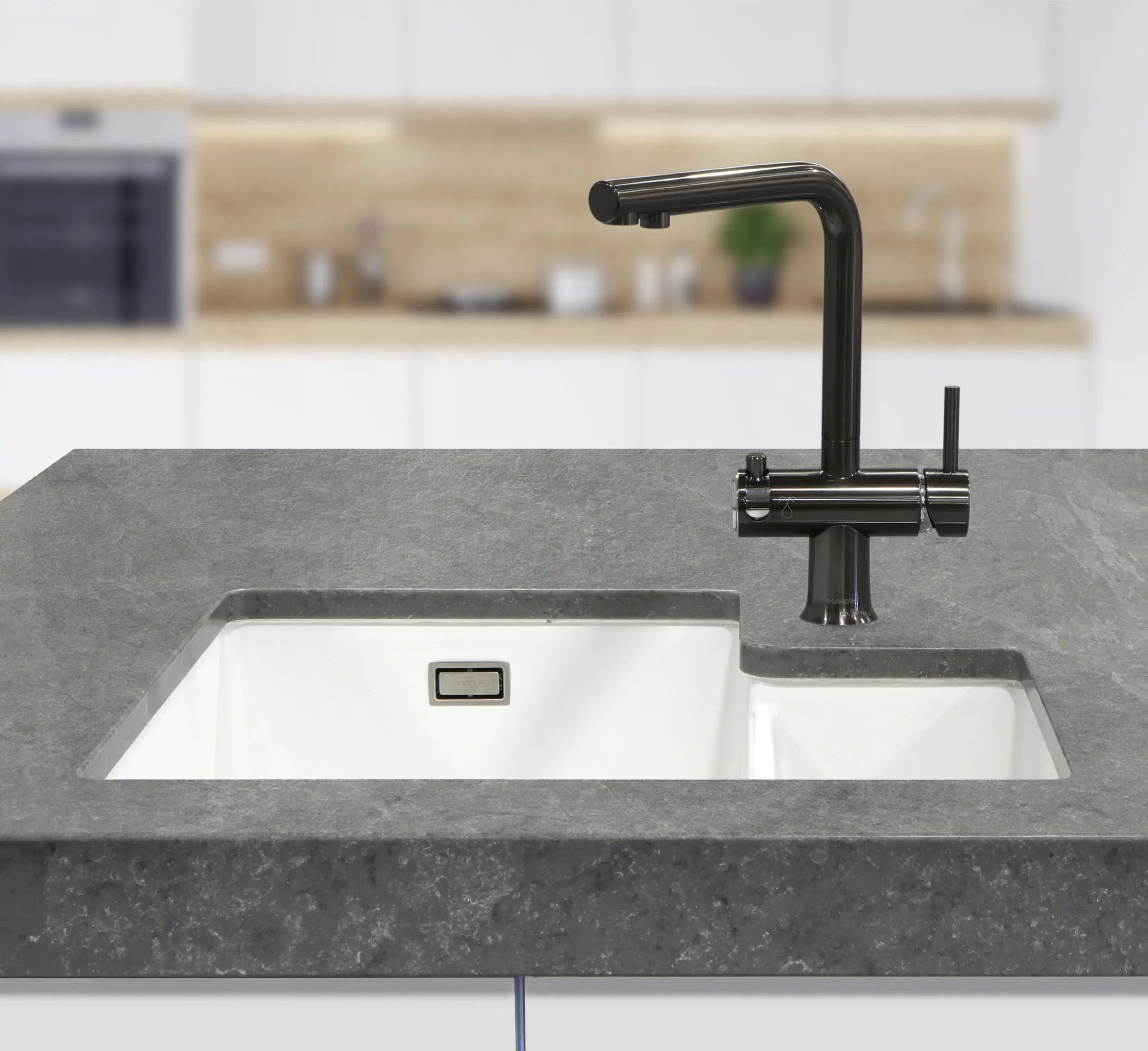
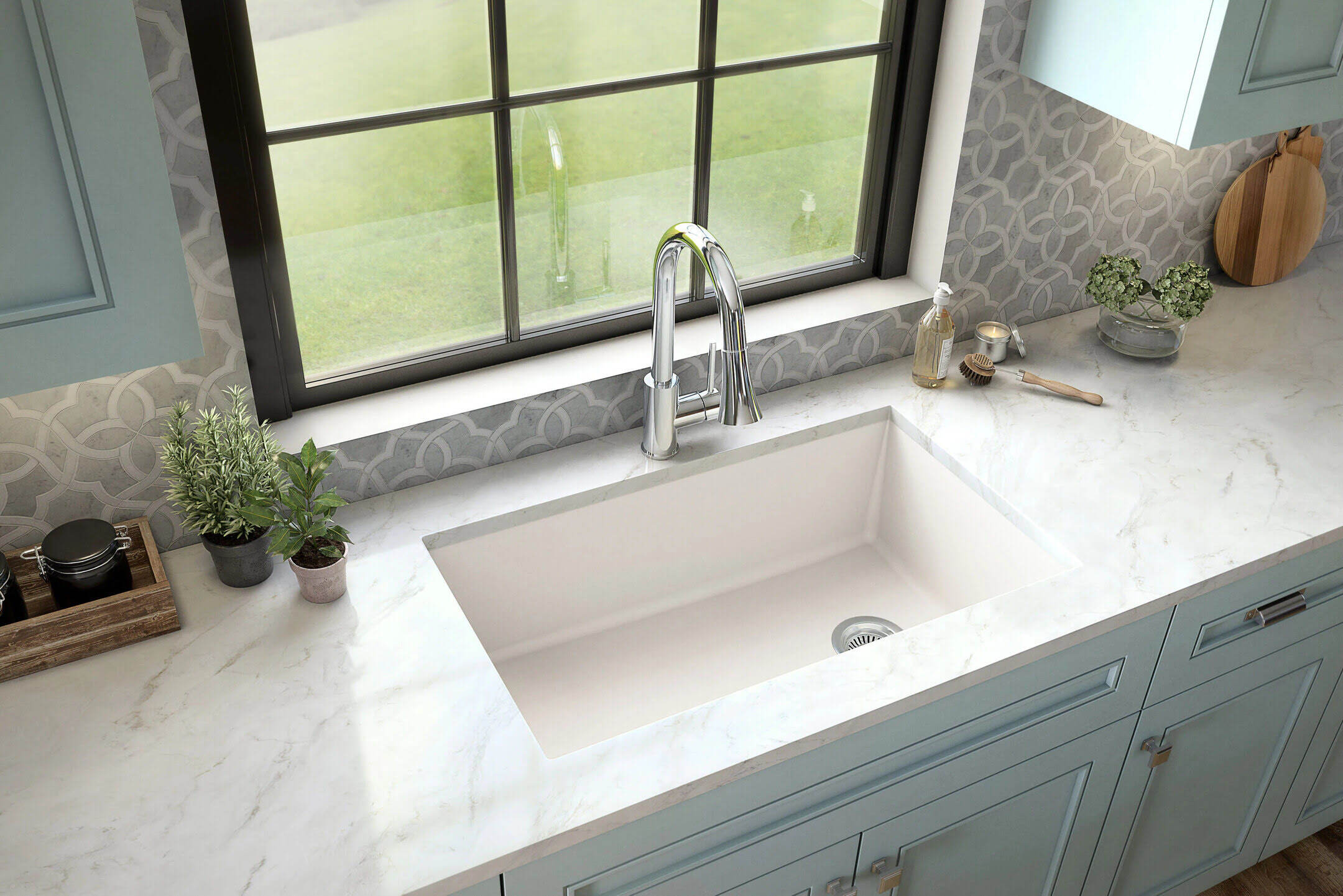
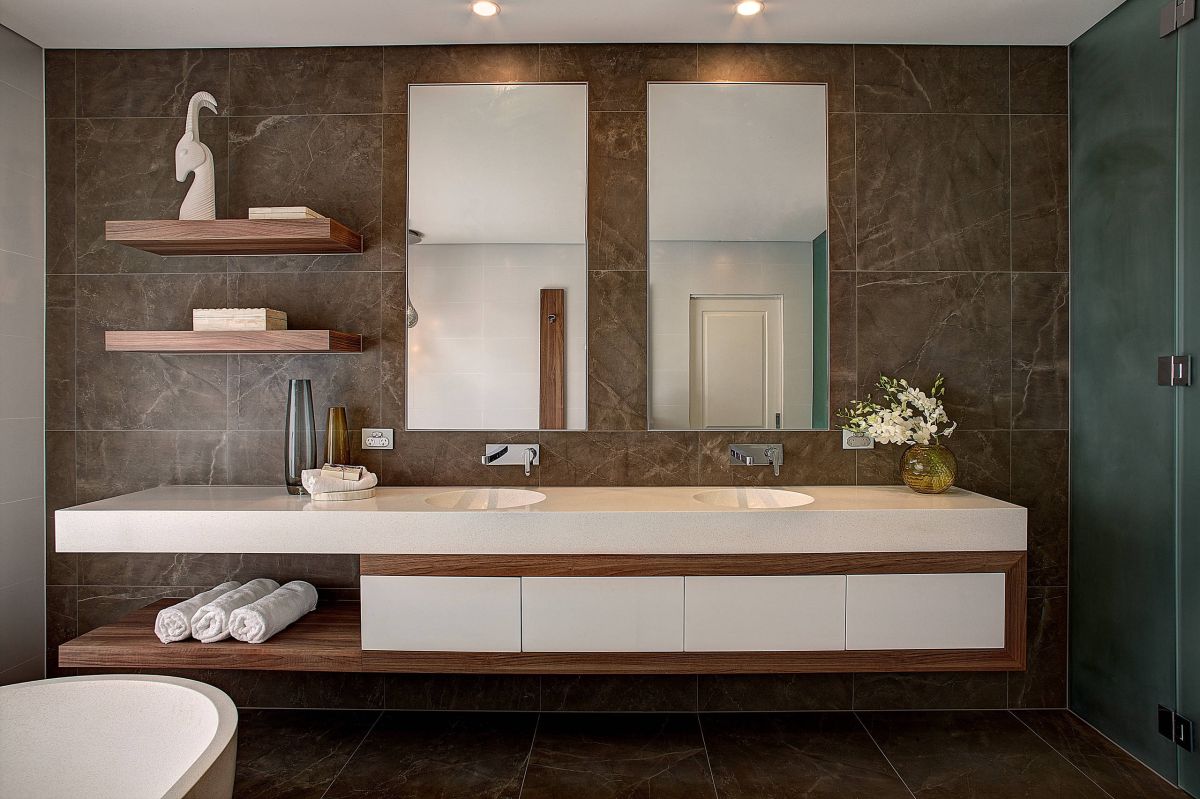
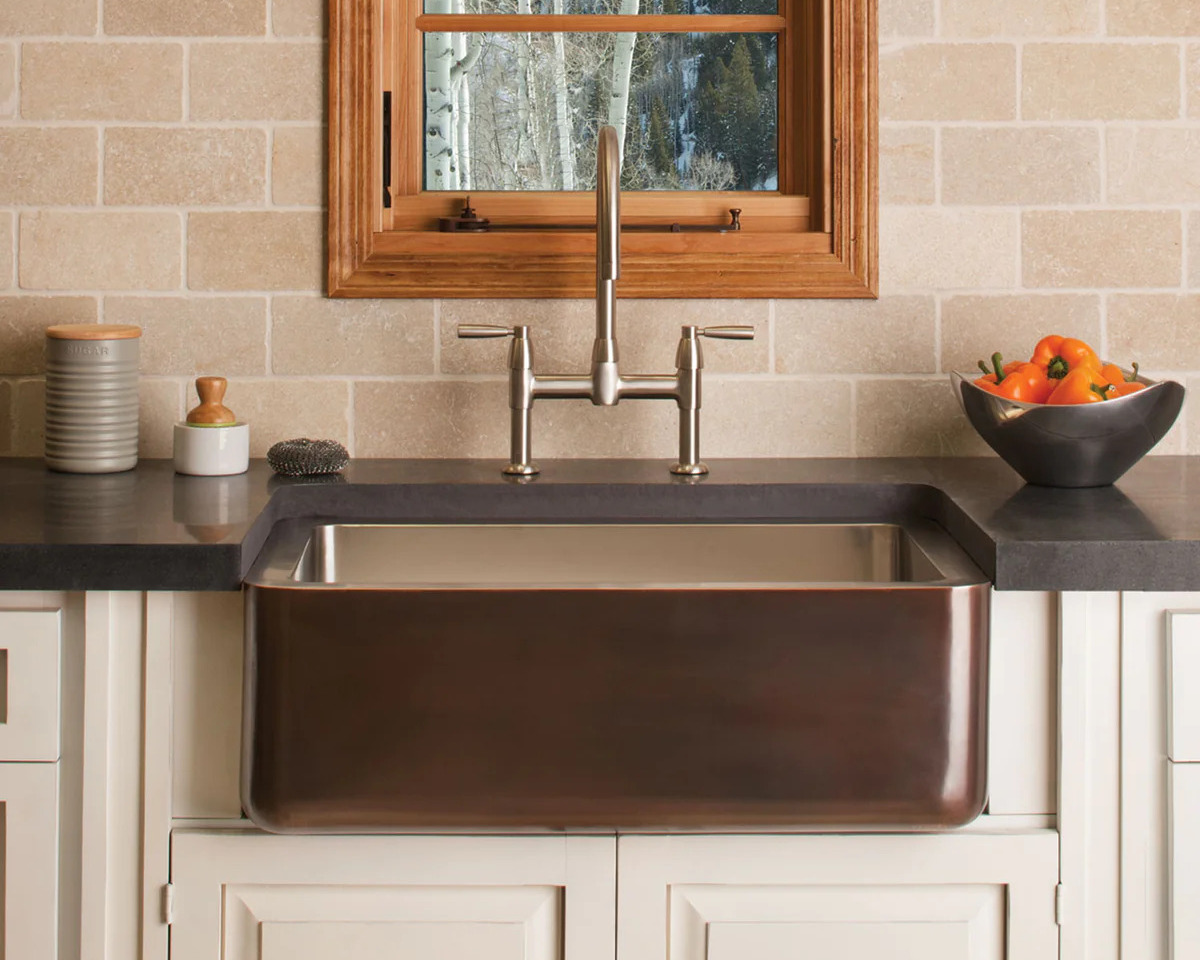
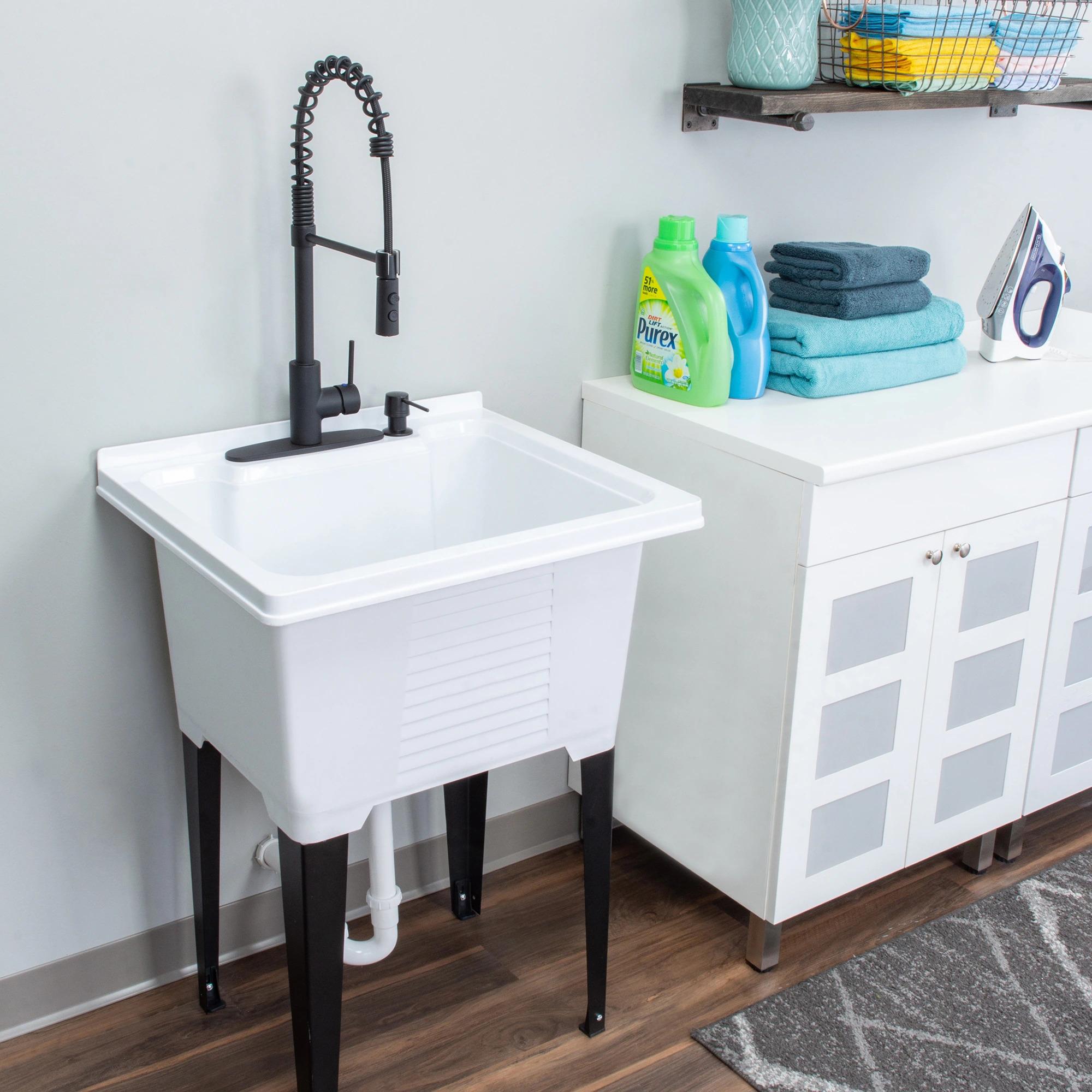
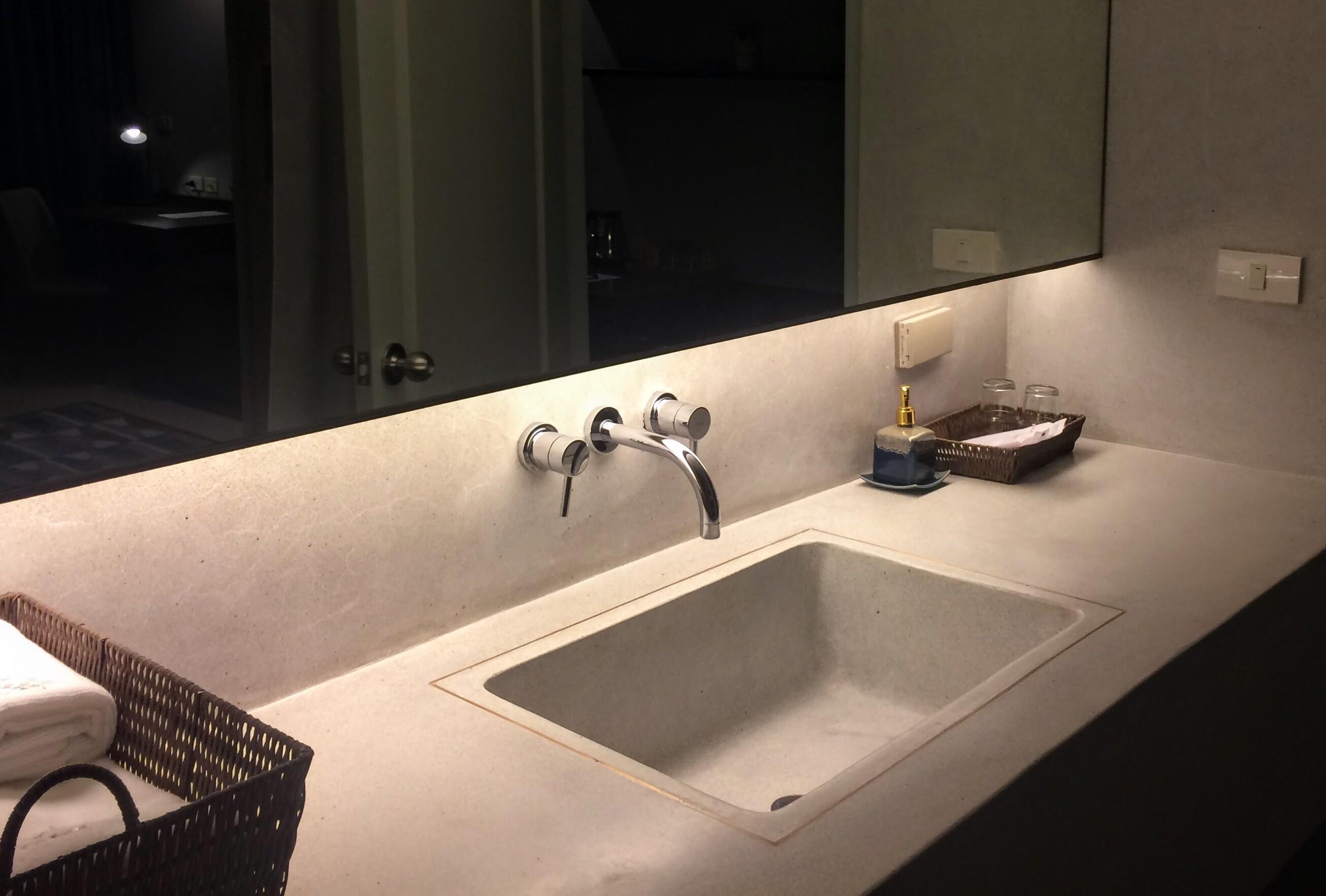
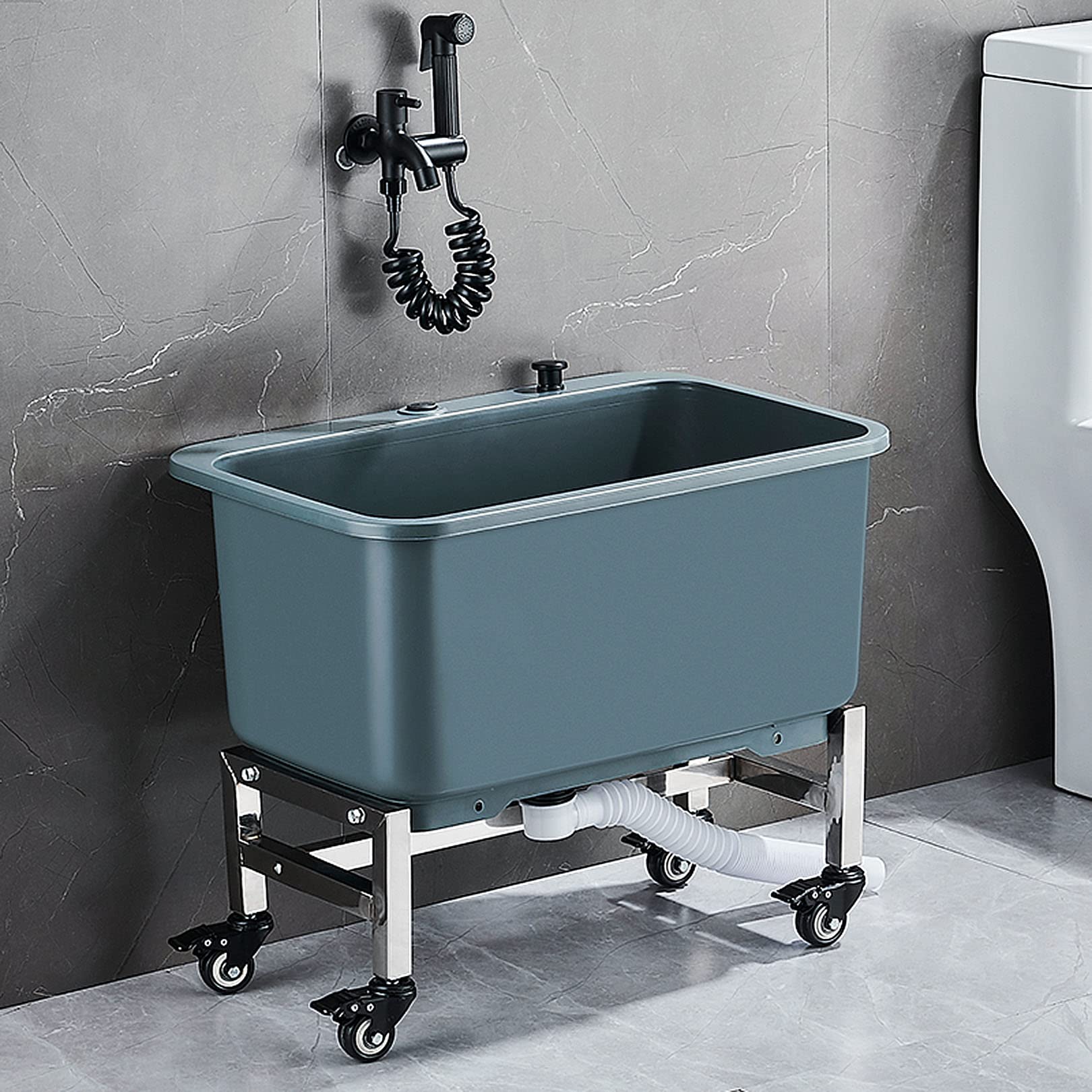
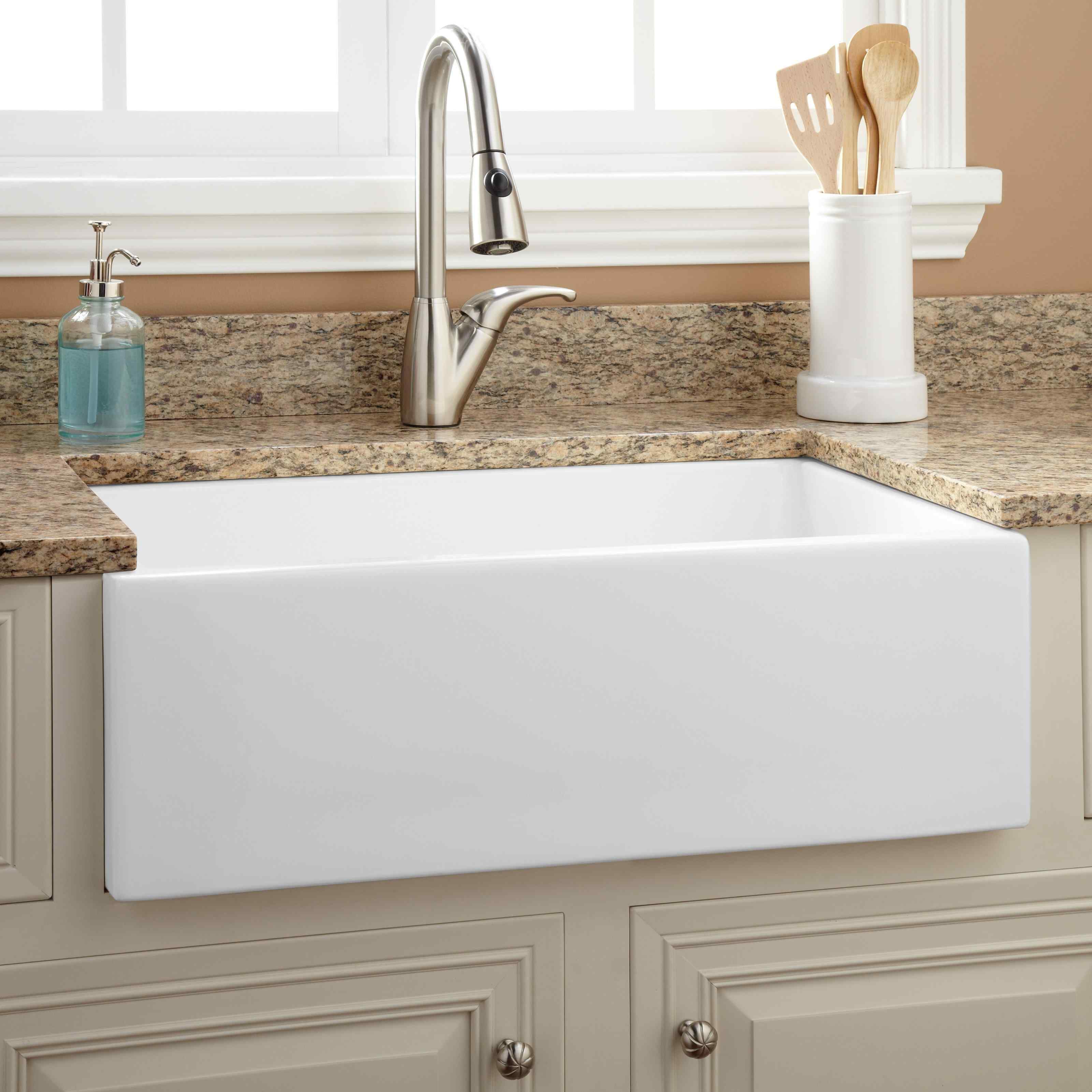
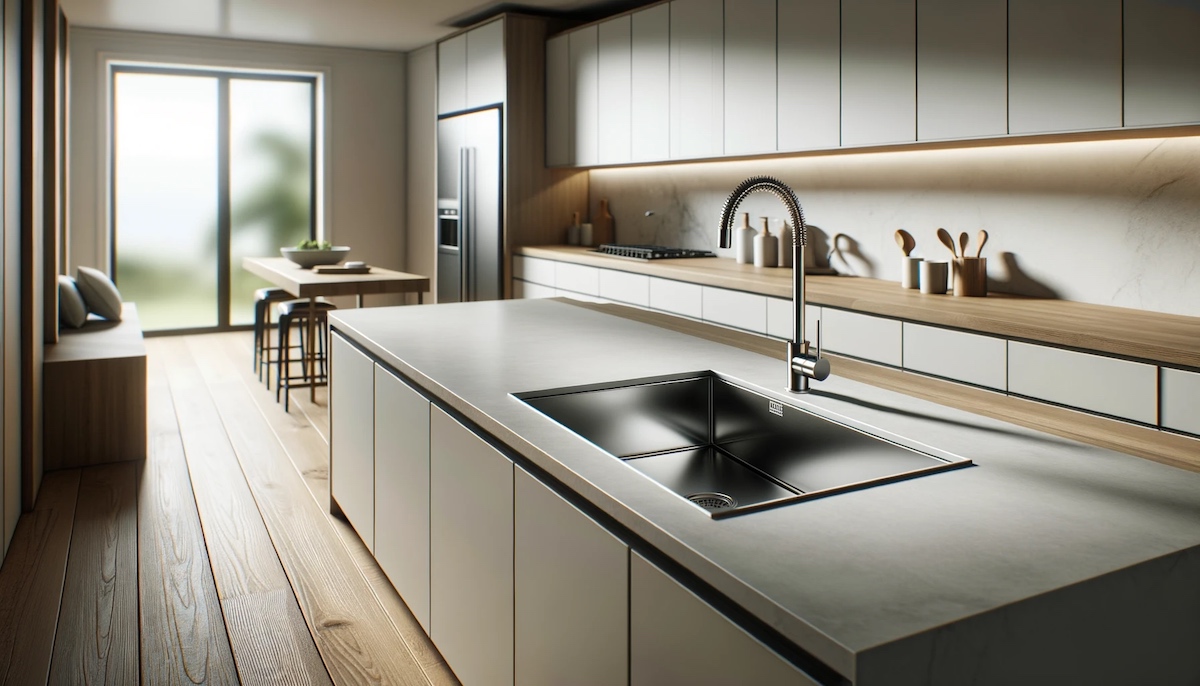

0 thoughts on “What Is A Zero Radius Sink”